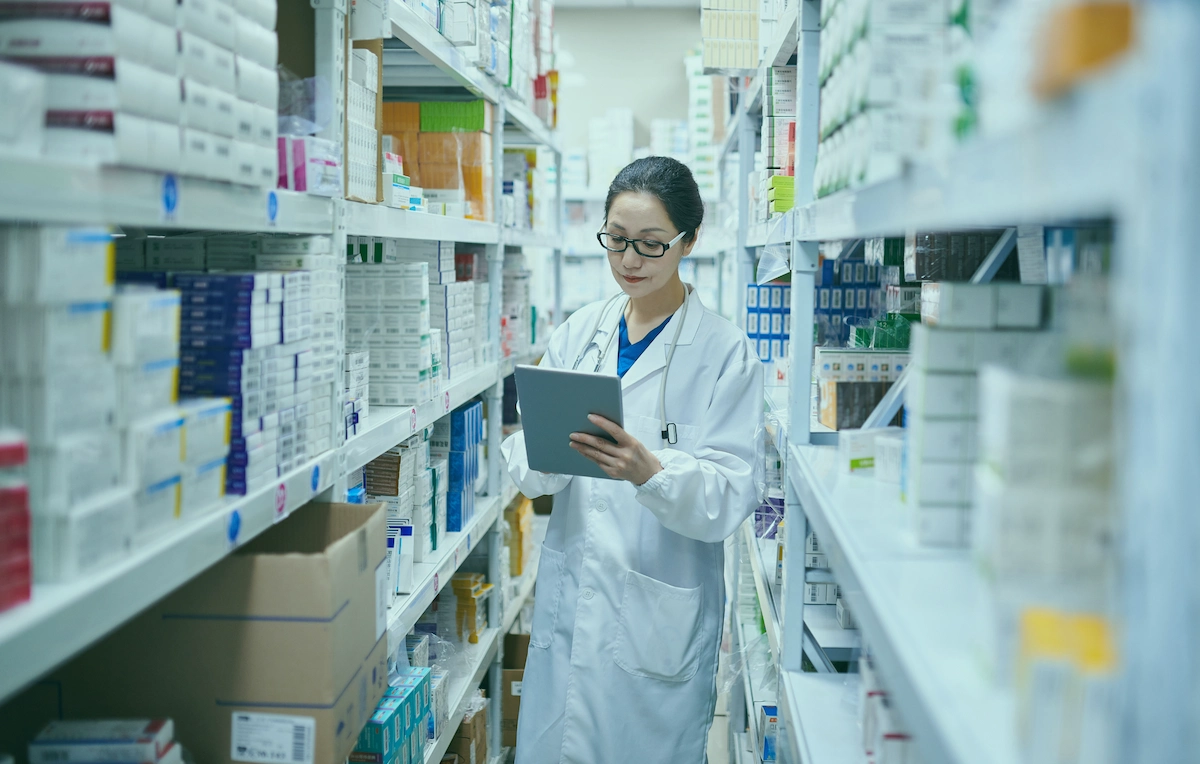
Environmental monitoring is a cornerstone of pharmaceutical compliance — protecting product safety, efficacy, and quality while meeting the demands of regulators like the MHRA, FDA, and EMA.
With tighter rules and bigger expectations, the industry is turning to smarter, faster tech. From IoT sensors to predictive analytics, these innovations are helping companies stay ahead of compliance risks while running leaner, more efficient operations.
IoT-enabled sensors now give pharmaceutical teams continuous visibility into key environmental parameters like temperature, humidity, and air quality. Instant alerts mean deviations can be addressed before they cause compliance breaches or product spoilage.
In multi-zone storage facilities, IoT lets you monitor conditions across every area in real time — no blind spots, no data gaps.
Manual reporting is slow, error-prone, and risky. Automation takes the pressure off compliance teams by logging, storing, and organising monitoring data automatically.
When audit time comes, reports for MHRA, FDA, or WHO requirements can be pulled in minutes — complete, accurate, and ready to go.
Instead of waiting for problems to happen, predictive analytics uses historical data to flag early warning signs.
For example, if temperature fluctuations spike every summer, settings can be adjusted in advance — avoiding excursions, protecting stock, and cutting the costs of corrective action.
By integrating environmental monitoring data directly with QMS workflows, every incident becomes actionable. Deviations can be automatically flagged for Root Cause Analysis (RCA), with Corrective and Preventive Actions (CAPA) assigned to the right teams.
This closes the loop quickly, prevents repeat issues, and centralises compliance and quality management in one place.
Cloud platforms make it possible to track conditions at any site, anywhere — ideal for global operations. Compliance managers get a single dashboard view of all facilities, can respond to alerts remotely, and scale the system without heavy infrastructure costs.
Regulatory compliance in the pharmaceutical industry is no longer just about avoiding fines — it’s about building operational resilience and trust.
From IoT monitoring to cloud-based oversight, the companies embracing these trends are streamlining audits, preventing product loss, and staying ahead of regulatory change.
If you’re ready to upgrade your compliance approach, platforms like Sematics — backed by JTF Wireless’ implementation expertise — make it possible to combine cutting-edge tech with real-world know-how for lasting results.
Sematics generates automated compliance reports, performance dashboards, and incident logs, ensuring businesses meet audit requirements and optimize their operations.
Yes, Sematics offers flexible solutions, including custom integrations through its API and tailored system configurations to match your operational requirements.
Sematics systems are preconfigured based on stakeholder input before installation. This approach ensures seamless setup and immediate results from day one.
Sematics offers wireless LoRaWAN-based sensors, which reduce installation costs and complexity. Additionally, ongoing calibration, battery replacements, and system optimization ensure long-term value.